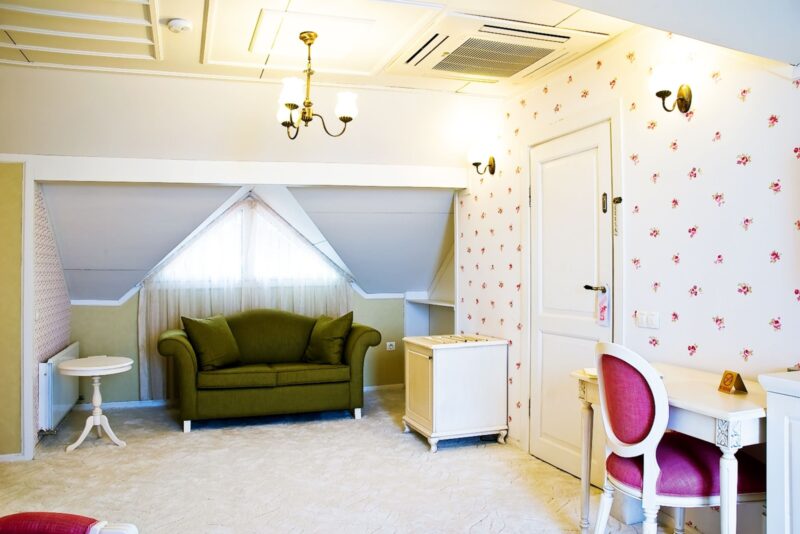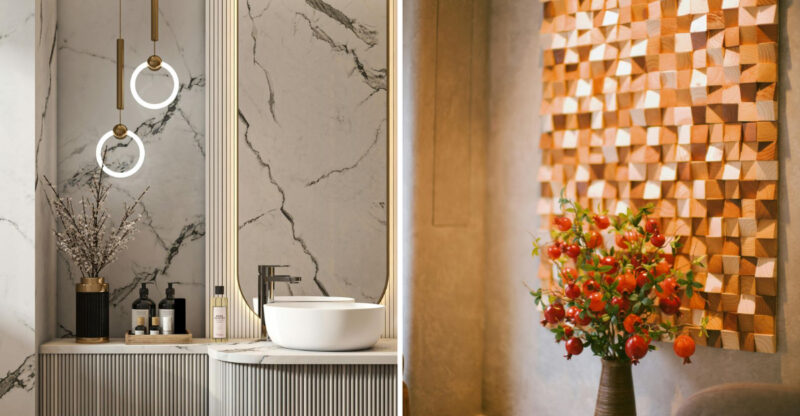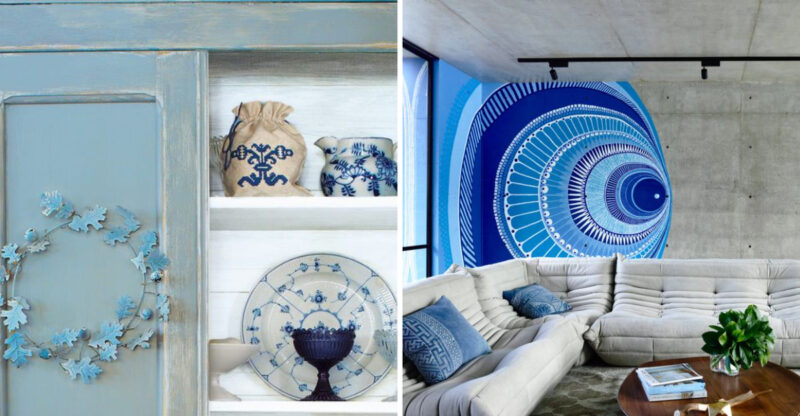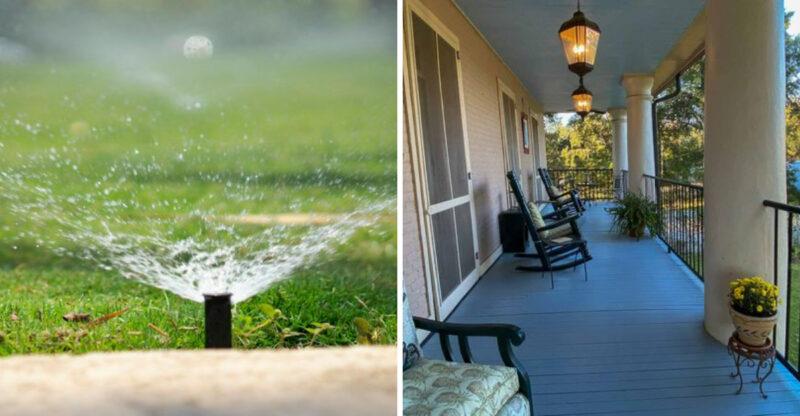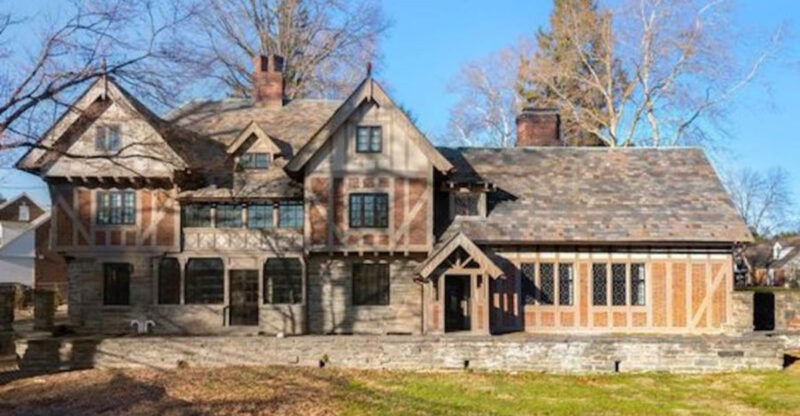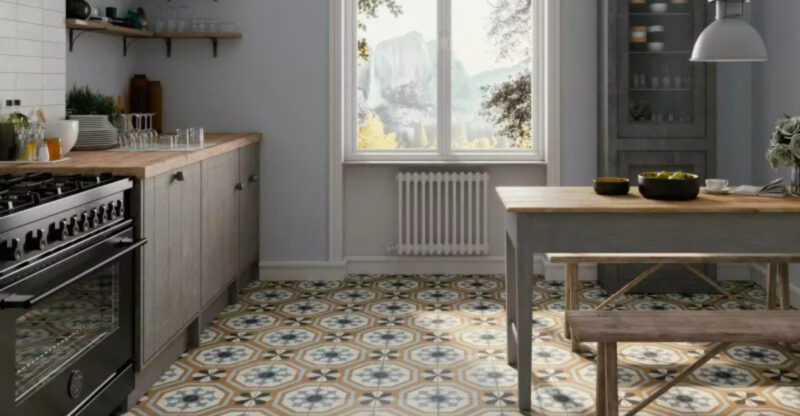15 Kitchen Faux Pas That Make Indiana Homebuyers Cringe, According To Designers
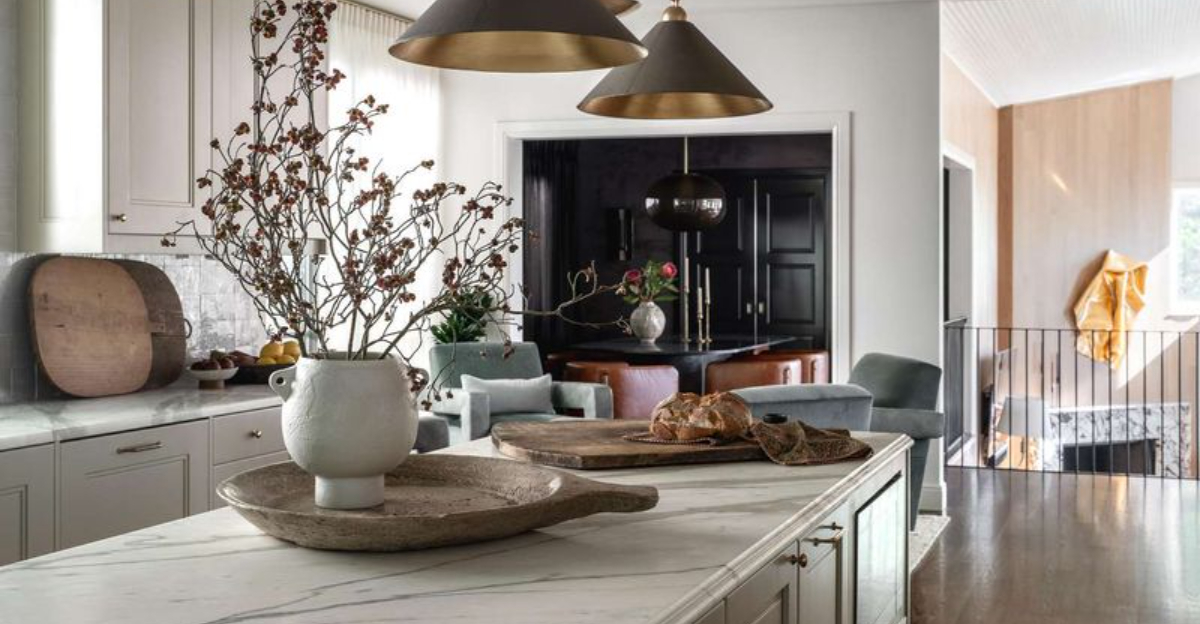
When selling your home in Indiana, the kitchen can make or break the deal. As a designer who’s walked through hundreds of Hoosier homes, I’ve seen potential buyers visibly wince at certain kitchen features.
These design missteps not only date your home but can significantly impact your selling price. Let’s explore the kitchen blunders that have Indiana homebuyers backing away faster than you can say “farmhouse sink.”
1. Outdated Tile Backsplashes
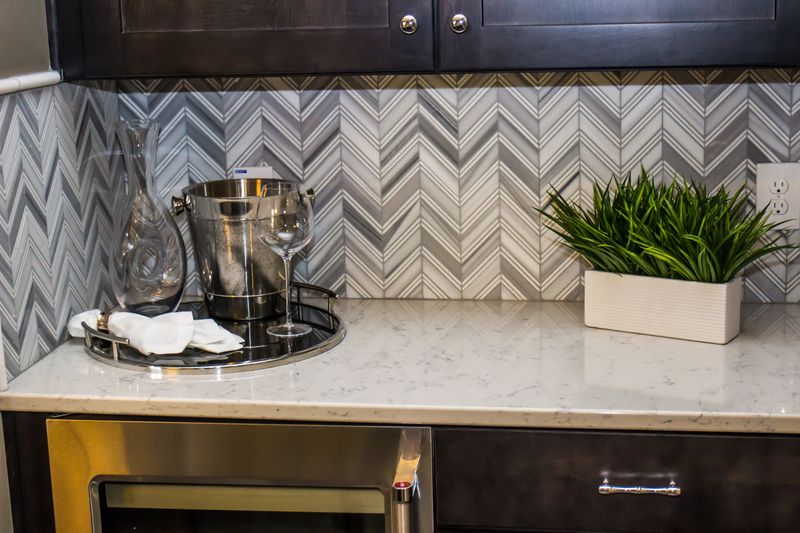
Nothing screams “last decade” like those tiny mosaic tiles or, heaven forbid, the dated fruit motifs still clinging to Indiana kitchen walls. Buyers today walk in and calculate removal costs immediately.
Modern Indiana homeowners crave clean subway tiles, simple patterns, or even sleek single-slab backsplashes that complement countertops. The backsplash sets the kitchen’s tone, and those busy, colorful 90s designs are conversation-stoppers for all the wrong reasons.
2. Dated Appliances With No Energy Efficiency
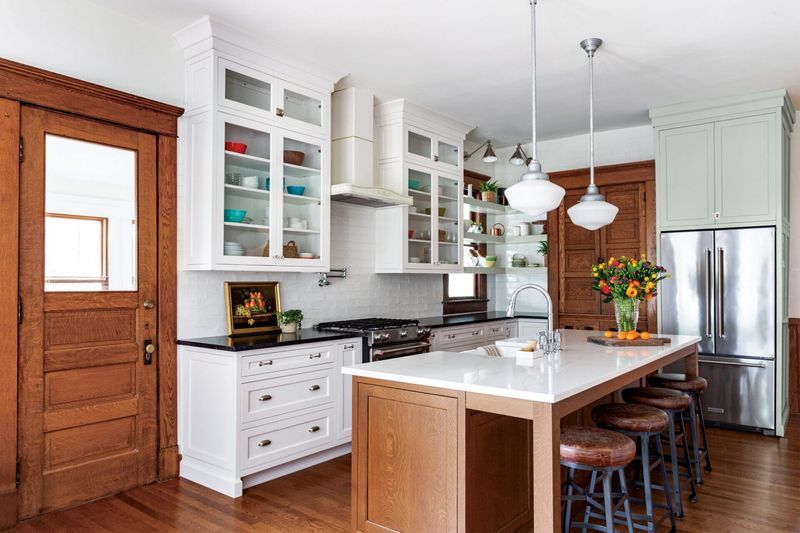
Those harvest gold or avocado green appliances might trigger nostalgia, but they’re dealbreakers for environmentally-conscious Hoosier buyers. Energy-guzzling dinosaurs from yesteryear telegraph one thing, high utility bills.
Savvy Indiana homebuyers check energy ratings immediately. They know older models can add hundreds to annual costs.
Plus, mismatched appliance colors create visual chaos that makes the entire kitchen feel disjointed and neglected.
3. Poor Lighting Choices (Hello, Fluorescents)
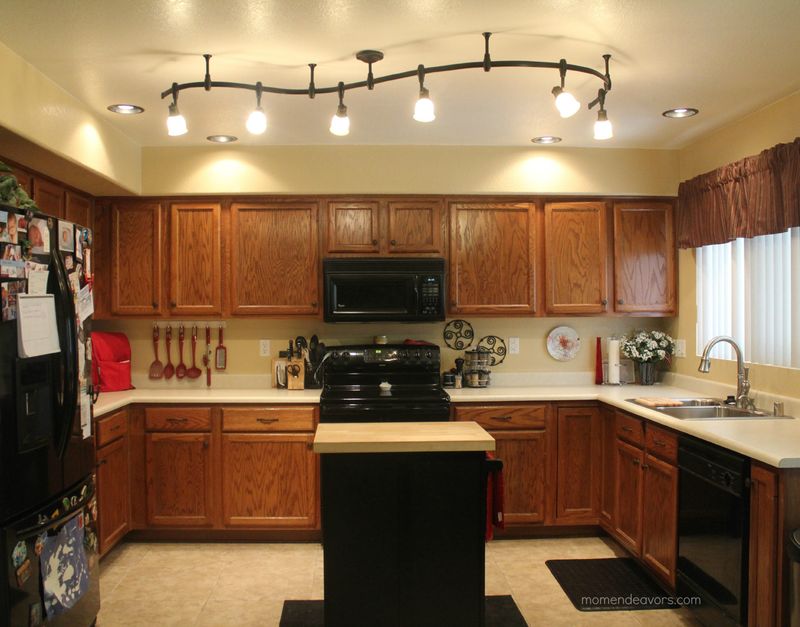
Buzzing fluorescent light boxes are the quickest way to give buyers an instant headache. These institutional fixtures cast unflattering shadows that make even the freshest produce look questionable.
Most Indiana families gather in kitchens, requiring layered lighting, task lighting for cooking areas, ambient lighting for general illumination, and accent lighting for visual interest. Without a proper lighting strategy, buyers see only shadows and dollar signs for electrical work.
4. Too Much Matching Wood (No Contrast)
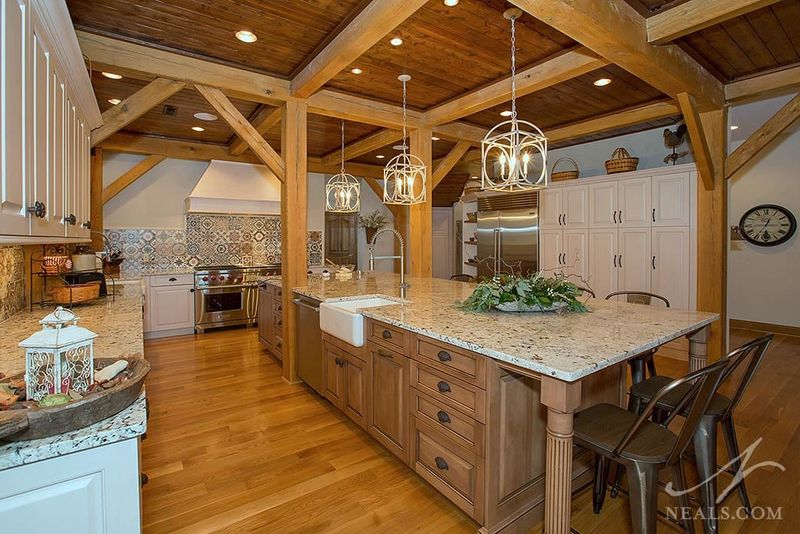
Walking into an all-oak kitchen transports buyers straight back to 1985. The Hoosier state may love its hardwood, but when cabinets, floors, and trim are identical, the space becomes a monotonous wooden cave.
Modern kitchens need contrast and texture variation. Perhaps the most frequent comment I hear from Indianapolis buyers viewing these wood-dominant kitchens, “It feels so dark in here!”
Breaking up wood tones creates visual interest and prevents that dated, claustrophobic feeling.
5. Overloaded Countertops
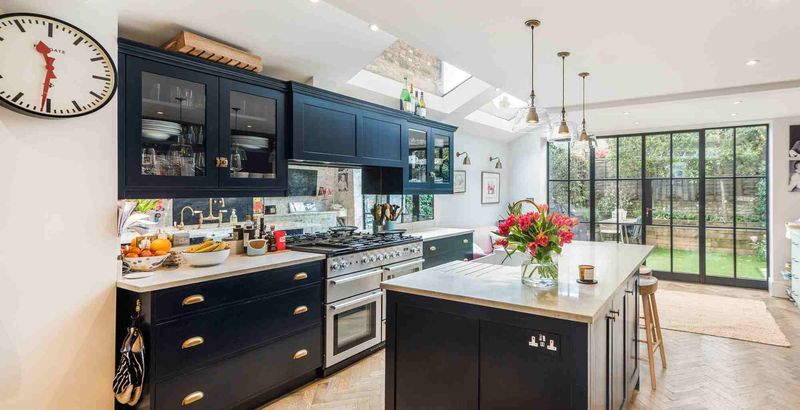
Is your kitchen counter a workspace, or a storage unit in disguise? In many Indiana homes, precious counter space vanishes under a parade of coffee makers, knife blocks, and the occasional decorative rooster. While those items may be convenient, buyers mentally subtract usable space with each appliance they see.
Counters should highlight the beauty of the stone or surface, not serve as cluttered shelves. Clear surfaces suggest ample storage elsewhere and instantly make the kitchen feel larger.
If buyers can’t picture themselves prepping a meal, they’ll likely move on without a second thought.
6. Insufficient Or Disorganized Storage
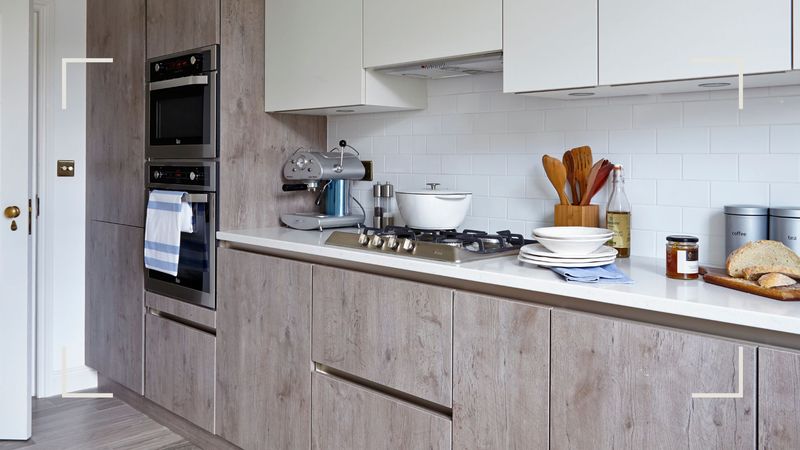
Opening a cabinet to find a jumble of mismatched containers sends buyers running. Indiana families value practicality, and chaotic storage signals the entire kitchen lacks functionality.
Modern homebuyers expect pull-out drawers, organized pantries, and specialized storage solutions. When cabinets are stuffed or poorly planned, it suggests the entire home might lack thoughtful design. Organized spaces sell the lifestyle dream that buyers crave.
7. Cheap Or Worn-Out Flooring
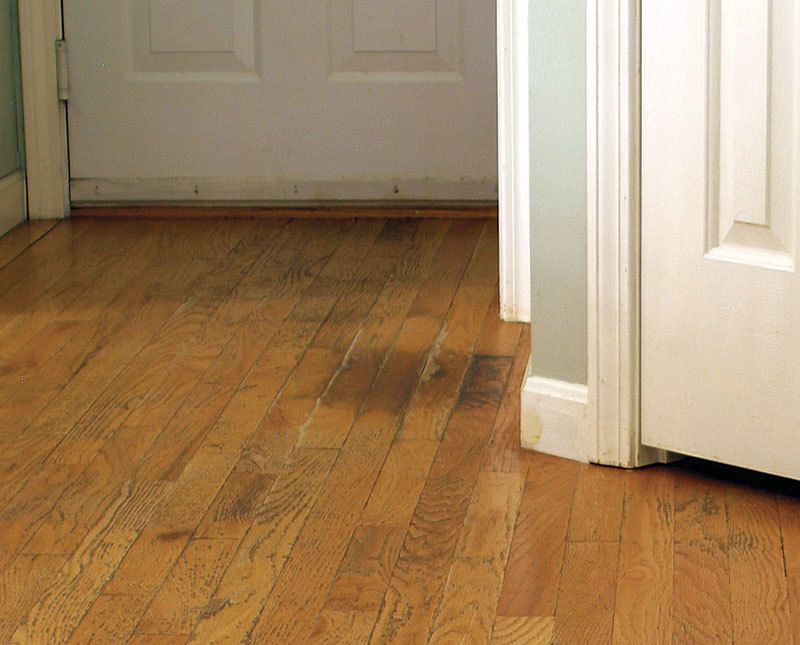
Linoleum curling at the edges or laminate bubbling from moisture tells buyers one thing, future expenses. Hoosiers are practical people who notice these details immediately.
Quality flooring forms the foundation of kitchen design. Peel-and-stick tiles or water-damaged wood planks broadcast neglect throughout the entire home.
Buyers calculate replacement costs and typically overestimate, potentially reducing offers by thousands more than actual repair costs.
8. Clashing Color Schemes
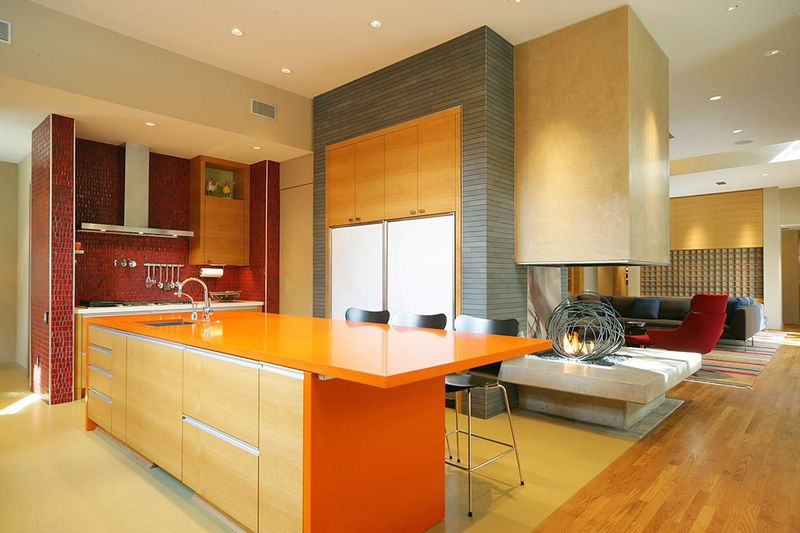
Bold purple walls meeting orange countertops and blue cabinets create visual whiplash that no Indiana homebuyer wants. Color coordination mistakes signal amateur design choices throughout the home.
Neutral kitchens with coordinated color schemes help buyers imagine their own belongings in the space. When colors fight for attention, the kitchen feels smaller and more chaotic.
Regional preferences matter too. Indiana buyers typically favor warm neutrals over trendy bold choices.
9. Cabinet Proportion Problems
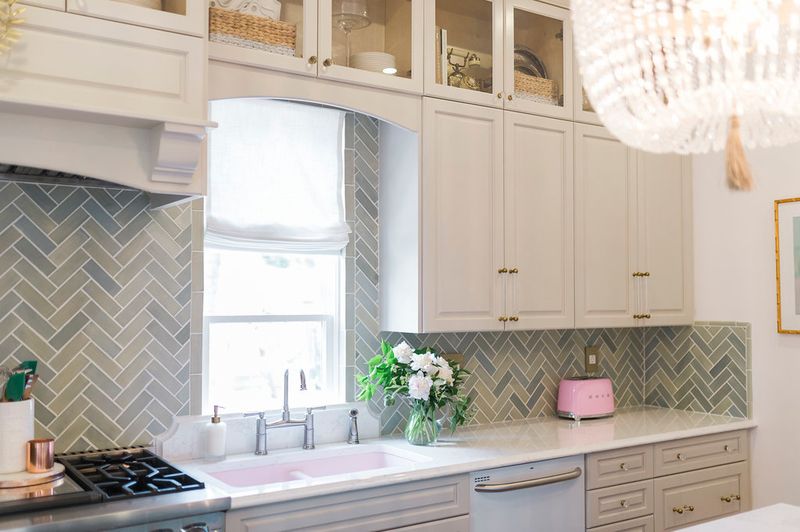
Are your upper cabinets towering or totally missing? Too many can make Indiana kitchens feel cramped and top-heavy, while too few leave things looking bare and impractical. Striking the right balance is key.
Modern buyers crave smart cabinet placement, storage that works without closing in the room. When upper cabinets overwhelm the space or fall short on function, buyers start tallying renovation costs before they’ve even opened a drawer.
10. Missing Island In Open Kitchens
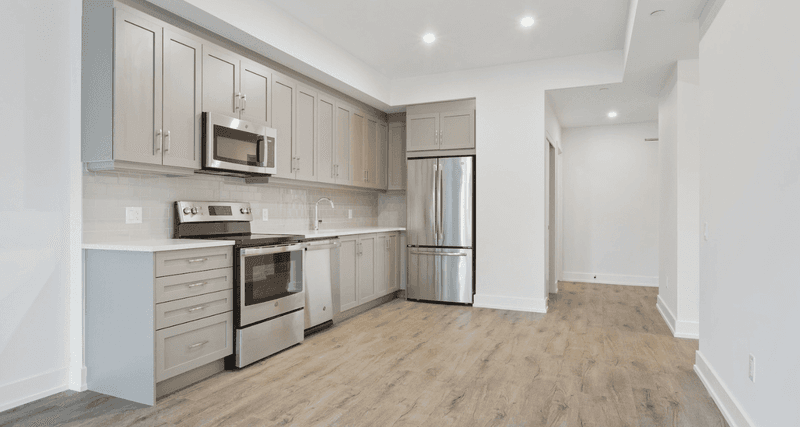
Large open kitchen spaces without islands leave Indiana buyers scratching their heads about workflow. The vast empty middle feels like wasted potential in larger homes.
Islands provide crucial workspace, casual seating, and natural gathering spots for families. Without this central feature, open concept kitchens lack definition and functionality.
Buyers immediately imagine where an island should be and mentally subtract renovation costs from their potential offers.
11. Decorative Knick-Knacks In High-Traffic Areas
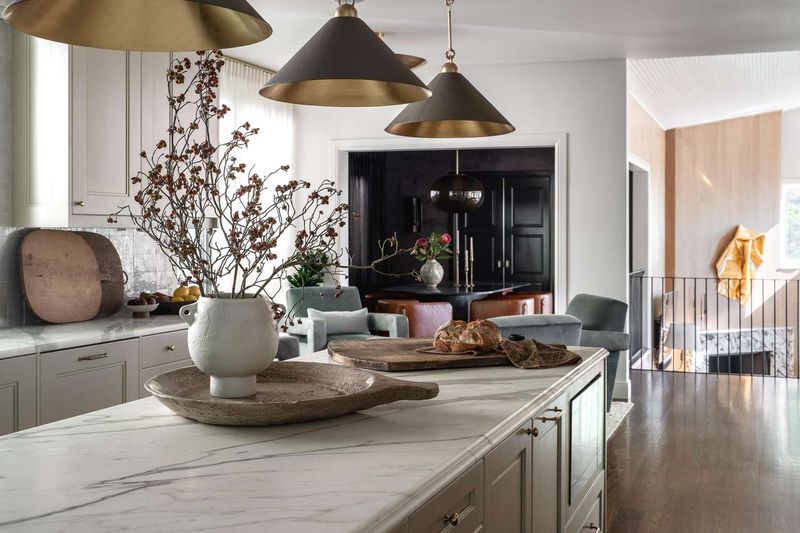
Collections of ceramic chickens and decorative plates cluttering vital kitchen workspace baffle practical Midwest buyers. These items collect grease, gather dust, and steal valuable real estate from actual cooking activities.
Functional kitchens need breathing room. While personality matters, excessive tchotchkes signal that the kitchen prioritizes display over utility. New home seekers value function first, especially in family-centered kitchens where meal preparation happens daily.
12. Stainless Steel Overload
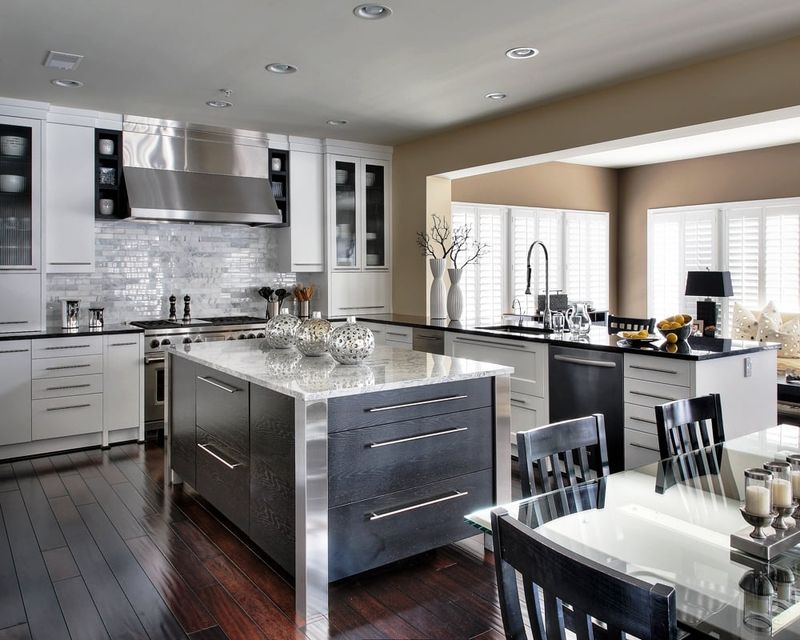
While stainless appliances remain popular, kitchens with stainless backsplashes, counters, shelving, and accessories create a cold, commercial atmosphere that makes Indiana homebuyers shiver. These industrial-looking kitchens lack the warmth Hoosiers crave.
Balance is key with metallic finishes. Too much stainless creates a sterile, unwelcoming environment that feels more like a restaurant kitchen than a family home. Buyers want professional-grade without sacrificing comfort and homeyness.
13. Uncomfortable Or Misplaced Seating
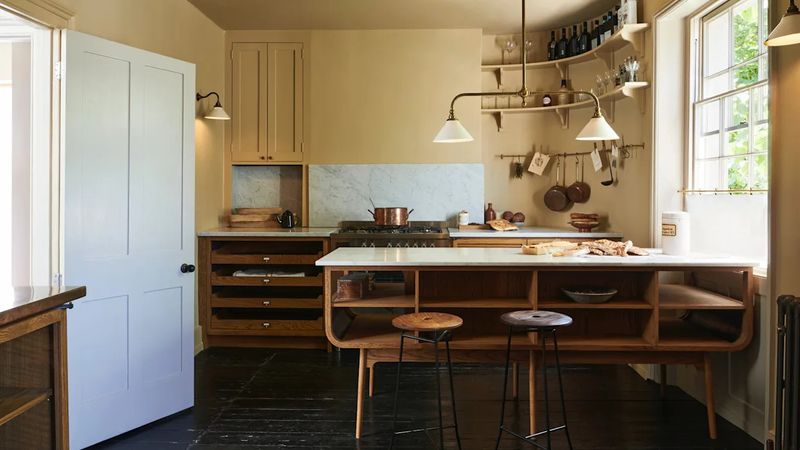
Backless barstools or dining chairs that crowd walkways make buyers question the kitchen’s functionality. Indiana families spend significant time in kitchens and notice poor seating arrangements immediately.
Comfortable, well-placed seating invites conversation and casual meals. When bar heights don’t match counter heights or chairs obstruct traffic flow, the entire kitchen feels poorly planned.
Buyers envision family gatherings and daily routines, but awkward seating disrupts these mental pictures.
14. Excessive Open Shelving
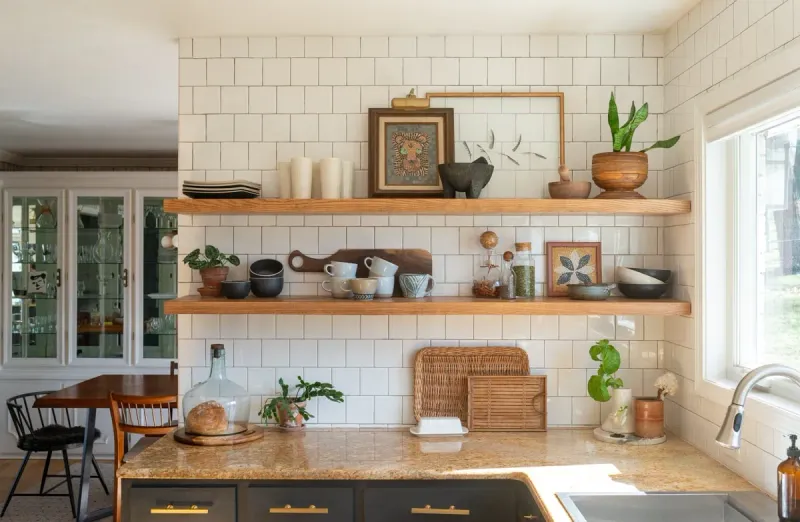
Those Pinterest-inspired floating shelves look magazine-worthy when perfectly styled but signal impracticality to Indiana homebuyers. They see dust collection surfaces and items requiring constant arrangement.
Real families need practical storage for everyday dishes and groceries. Open shelving forces homeowners to maintain perfect organization visible to everyone. Most buyers mentally calculate how quickly their normal kitchen items would create visual chaos on these exposed shelves.
15. Inadequate Ventilation Systems
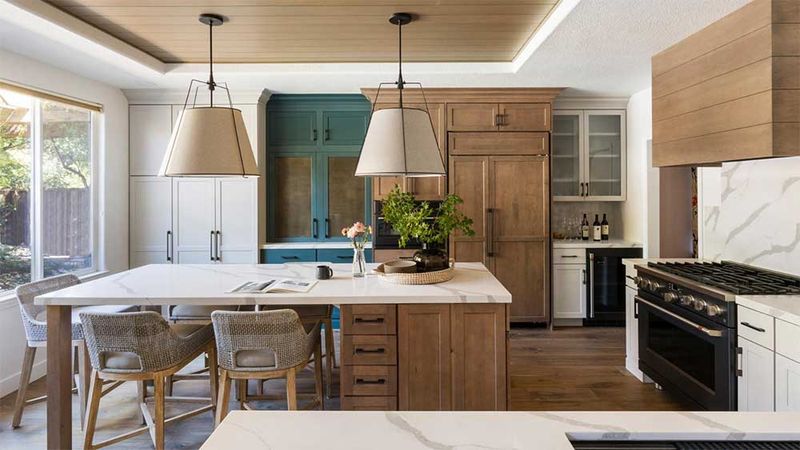
Missing or undersized range hoods might be the least visible problem but create the most noticeable effect, lingering cooking odors. Indiana homebuyers quickly detect yesterday’s fish fry or last week’s curry experiment.
Proper ventilation prevents grease buildup on cabinets and removes cooking odors efficiently. When buyers spot recirculating microwaves above ranges or decorative hoods without actual ventilation power, they anticipate both air quality issues and potential renovation expenses.

